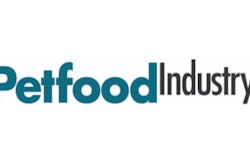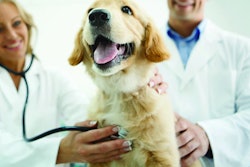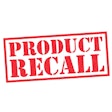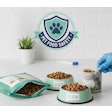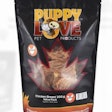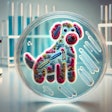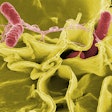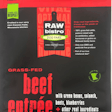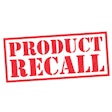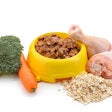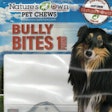
The National Animal Supplement Council (NASC)’s mission is twofold: To promote the health and wellbeing of companion animals and horses that are given animal health supplements by their owners, and to protect and enhance the animal health supplement industry. To that end, the organization has the “NASC Quality Program,” which “provides strict guidelines for product quality assurance in written, consistent raw material sourcing and manufacturing standards, adverse event reporting, and labeling and claims requirements that are within the guidelines provided by the regulatory agencies.”
Members of the NASC must demonstrably adhere to said guidelines in order to use the NASC Quality Seal on their products.
The NAERS system, and how it helps track product safety
The NASC’s primary tool of tracking adverse events is its NAERS (NASC Adverse Event Reporting System).
“The NAERS system is the most advanced system of post-market surveillance in the world for products that are similar to human dietary supplements, marketed for dogs, cats and/or horses,” said Bill Bookout, president of the NASC. “The system tracks, basically real time, over 6,500 products and over 1,400 individual ingredients. The outputs of the system are ingredient risk reports for AERS (the Adverse Event Reporting System), both serious and non-serious, and compares it against the number of products shipped to the first point of distribution. These reports would not be a substitute for safety; however they do monitor and track risk of use, which I would argue is more indicative of safe use than a true safety study because the exposure is so much greater when products are in the mass market.”
According to the system, an “adverse event” is a type of complaint where a patient has suffered any negative physical effect or health problem that may be connected to or associated with use of the product.” The system also tracks serious adverse events, which are adverse events “with a transient incapacitating effect (i.e., rendering the animal unable to function normally for even a short period of time, such as with a seizure) or non-transient (i.e., permanent) health effect.”
The data is self-reported by each member company, who must of course keep track of the data of their own volition and report into the system each month. Altogether, the data can be extracted into an Ingredient Risk Report, which provides a detailed historical look at the product or ingredient in question as relates to adverse events. For example, the Ingredient Risk Report for “hemp and hemp-derived compounds” includes:
- Number of NASC registered products with the ingredient: 1,039
- Years ingredient on the market: 13
- Minimum/maximum usage information for dogs, cats, horses and others
- Adverse and serious adverse events reported, by year
- Total administrations sold (which is believed to be close to the administrations consumed) by year
- The report rates for both adverse and serious adverse events, per million administrations sold, by year
What can the compiled data be used for?
The data from NAERS is invaluable, as it provides a (presumably) comprehensive record of adverse events related to a tracked product or ingredient. Historical data can help determine trends or larger issues a company might want to look into. Mandatory compliance undoubtedly helps member companies remain on top of potential problems with their products, as they must track everything on their end in order to input data into NAERS each month. It can also serve as evidence to a regulatory body, alongside other research, that a product or ingredient should be considered for use on a larger scale, as is currently being worked towards with CBD in the pet space.
“Each member is required to investigate and resolve every adverse event,” according to the NASC. “All members must report on a monthly basis whether they have an adverse event or not. This system tracks adverse events by ingredient or product, and also aggregates members’ product sales by SKU. While confidential for all NASC members, the system and information are available to the U.S. Food and Drug Administration (FDA).”
For the companion article, "Pet CBD space ready and eager for more research,” published in the July 2022 issue of Petfood Industry magazine, see www.PetfoodIndustry.com/articles/11362.

